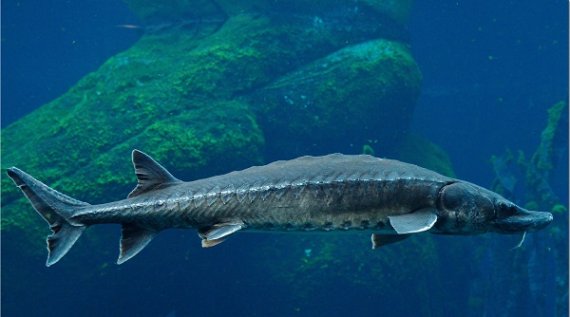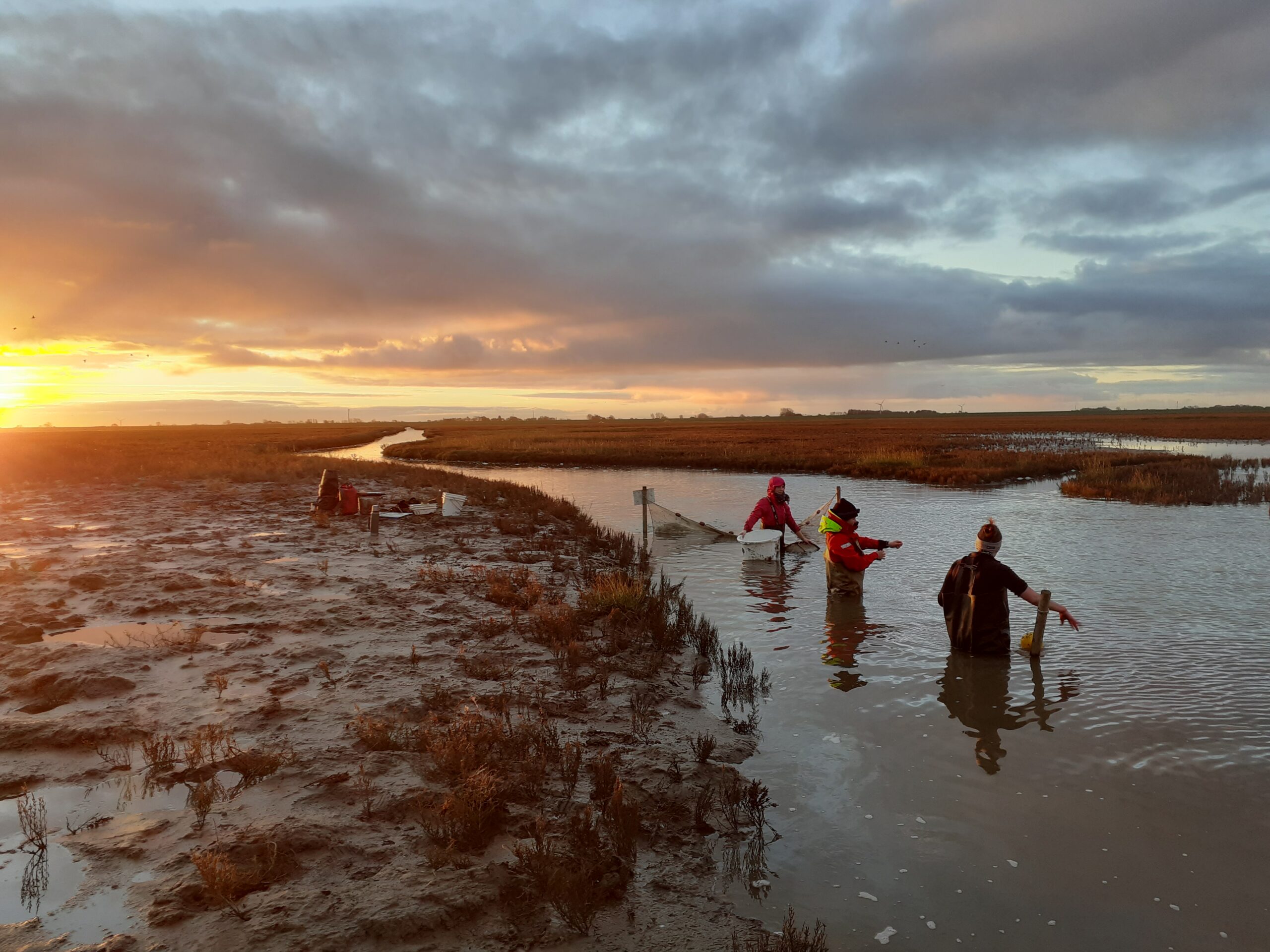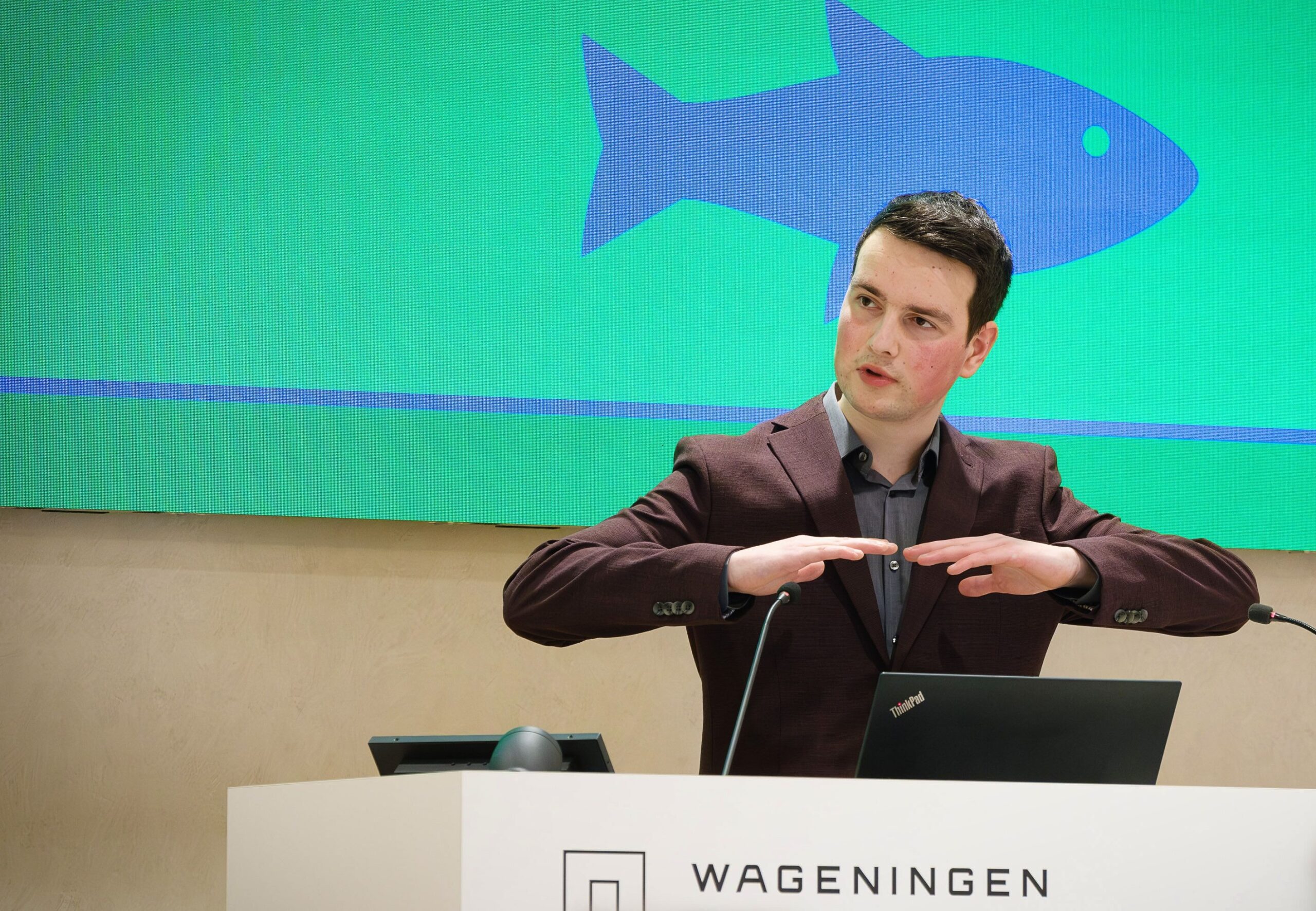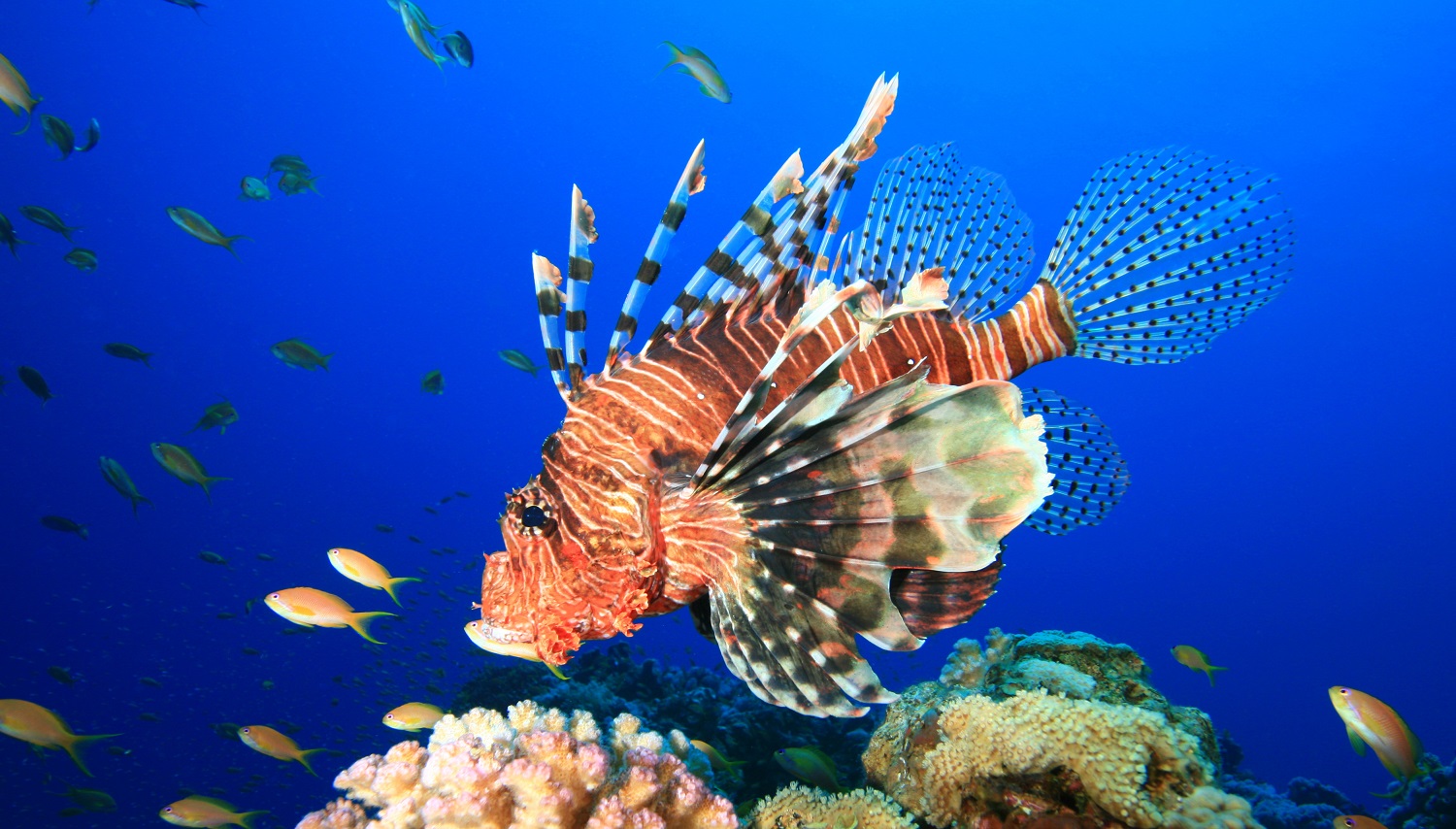The European sturgeons (Acipenser sturio), with a length of some 30 centimetres, are part of an experiment conducted by WUR, Sports Fishing Netherlands, ARK, WWF and Rijkswaterstaat. The goal is to determine whether the sturgeons will find their way to the sea near Rotterdam after a few months. The experiment is part of doctoral candidate Niels Brevé’s dream to see the sturgeon return to the Rhine once more.
It is over three-quarters of a century ago that sturgeons last inhabited the Rhine, not counting previous experiments conducted by Brevé in 2012 and 2015. Those tests showed that sturgeons are capable of surviving in the Rhine like they once did and are able to find their way to the sea. But these tests involved five-year-old fish. This new experiment is to show that young fish that are raised in the Biesbosch, as was historically the case, will also be successful.
80 kilos
The sturgeon is a marine animal, Brevé clarifies. ‘But they spawn in freshwater in the Rhine’s main flow. Until 1931, hundreds of sturgeons would be caught each year in the Biesbosch, weighing an average of 80 kilogrammes. The last sturgeon was landed in 1952. The Biesbosch offers matured sturgeons ideal circumstances to acclimatise to the Rhine water a little further and for the younger fish to gain weight before migrating to the sea.’
I expect them to be sufficiently saline-tolerant to move to the sea in a few months
Niel Brevé, PhD candidate Marine Animal Ecology
Historically, the Biesbosch is where migrating small and large sturgeons gather. Brevé hopes and expects the released sturgeons to move on soon. ‘Two things may happen. Either they are eaten, or they feel at home and will grow in size and girth. I hope, and expect, the latter option, in which case they will build up a sufficient tolerance for saline water to move to the sea because that is their natural behaviour.’
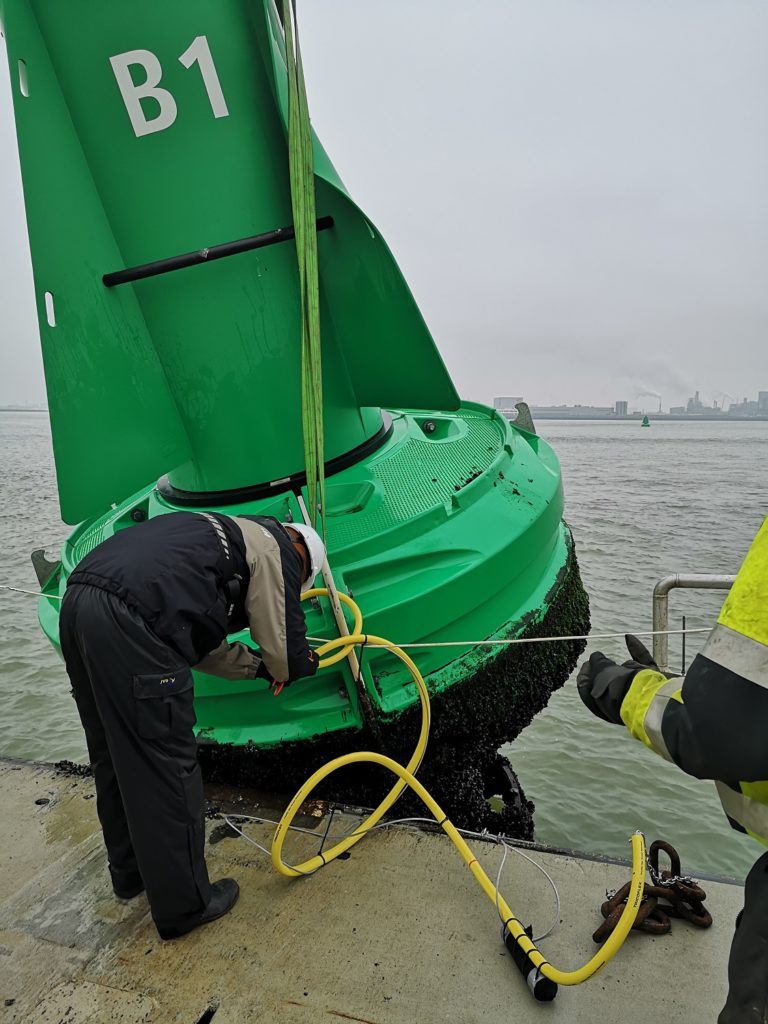
The small fish have been fitted with a tiny transponder (8 mm, 2 grammes) in their stomach so that their movements may be tracked. The transponder emits an acoustic signal every 150 seconds, which can then be read by 80 strategically placed antennae along the migration route between the Hollandsch Diep, Haringlviet and the port of Rotterdam. Brevé: ‘The antennae are fixed to Rijkwaterstaat buoys. Data will be gathered at a later time to give us insight into the movement patterns.’
Bordeaux
The young sturgeons were obtained from a breeding farm near Bordeaux, the only location in Europe where the European sturgeon is born, if the six females are ready to spawn, that is. ‘Last year, only one female was ready to spawn’, Brevé explains. ‘In the seven previous years, not a single one. We have been permitted to release 75 of last year’s batch in the Rhine. Twenty-nine of these fish are now large enough (over 100 grammes) to receive the transponder.’
Successful spawning
This number of fish is statistically too low to yield any firm conclusions. ‘This study does not provide sufficient information to say whether the Rhine is suitable for reintroduction of the sturgeon’, Brevé says. ‘But it will provide an indication. And if the breeding is successful this year, a follow-up experiment will be conducted. The study spans four months, which is how long the batteries in the tiny transponders are expected to last. After that, Brevé depends on random updates from fishers who may land the fish as bycatch and report back.
Brevé is certain about one thing: the released fish will not soon return to spawn. ‘The fish are French and are not accustomed to the water in the Rhine.’ Should they spawn, it will not happen for a long time. Female sturgeons are ready to reproduce between 15 and 22 years of age. Males a little sooner. And much may happen before then.

